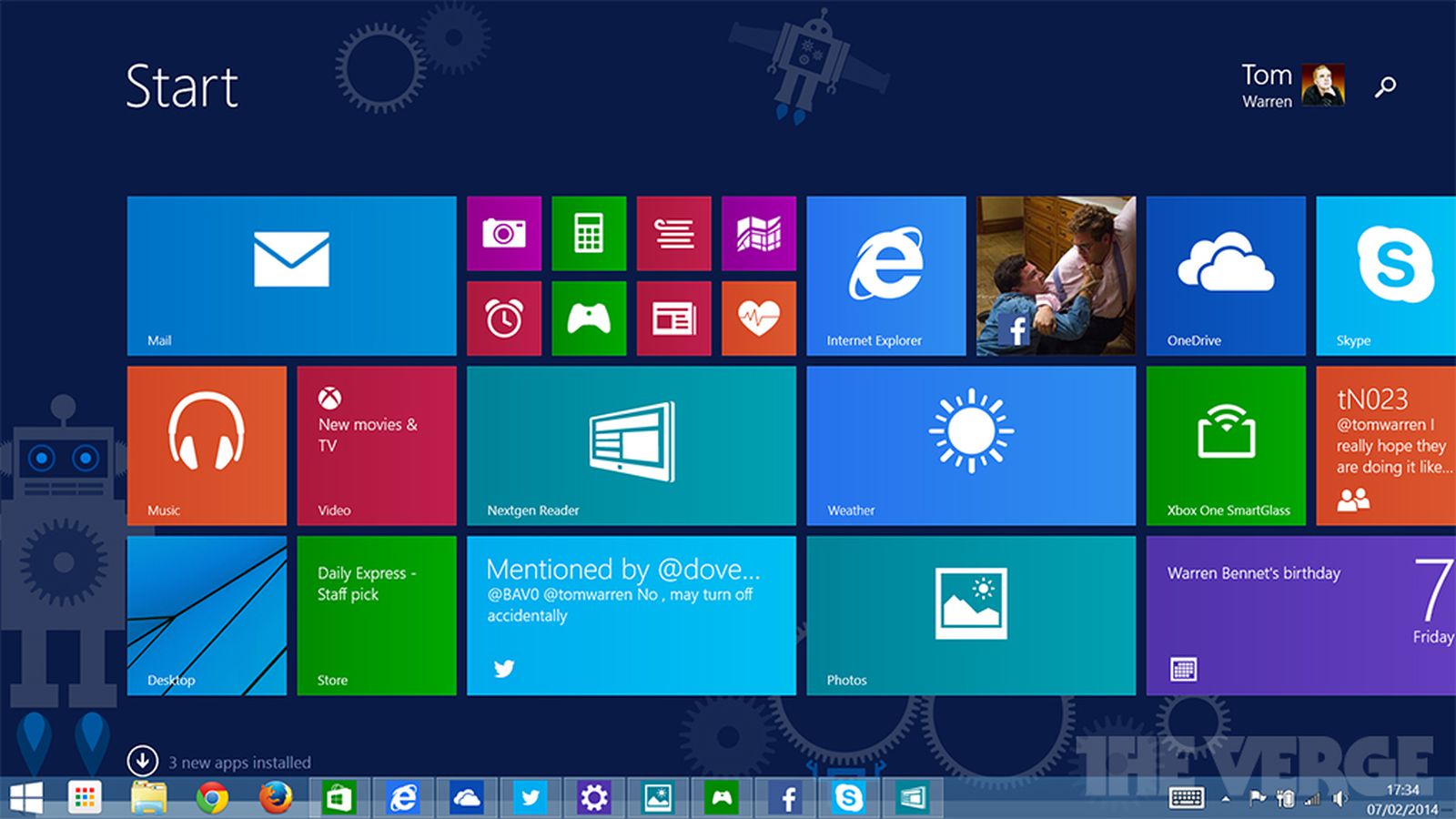

Task panes are panels that appear on the right side of Office application windows, providing quick access to commonly-needed functionality (Figure). In the meantime, this feature gets a big thumbs-up. I'll take a look at the individual Smart tags and their specific functionality in a future Showcase. Everything you can do with a Smart tag was previously available in Office it was just harder to access. The point here is to bubble functionality to the user in an unobtrusive fashion. When selected, a number of options are made available: "Keep source formatting," "Match destination formatting," "Keep text only," and "Apply style or formatting." (Figure). If you hover over the small icon, it will identify itself as Paste Options and provide a drop-down triangle for you to select (Figure).


For example, when you paste in a block of text in word, a small Paste Options Smart tag appears below the inserted text (Figure). For the purposes of this review, however, a short introduction is in order: Smart tags are small icon-like buttons that appear within Office documents in response to certain actions. In fact, Smart tags are so important, that I'll be featuring them in a future Technology Showcase on the SuperSite.
WINDOWS OFFICE XP UPGRADE
Smart tags are potentially the single big ticket item in Office XP, which otherwise has the feel of a minor upgrade with numerous useful, but small, changes. But the Office XP interface is attractive, and who said we need a consistent 3D light source on a 2D medium anyway? So does it work? Yeah, I guess so: I tend to frown on Office taking its own route, as it does so often, at the expense of every other application on the planet. Microsoft says that the goal was to remove visually competing items, visually prioritizing items on the screen, increasing letter and word spacing for better readability, and defining foreground and background colors in manner that brings the most important elements to the front.
WINDOWS OFFICE XP WINDOWS
On the other hand, it's rather jarring on pre-Whistler OSes (that is, every version of Windows currently available) because it's so different looking from every other application. Though the interface purists over at Apple will probably have a field day with this one, there is something nice about the subtle look of the new UI. Essentially an about-face from the consistent 3D interface that debuted in Windows 95, the Office XP user interface is flat, although the menus ironically display a shadow when open (Figure). Office XP features a new look and feel that will later be used by the Whistler "watercolor" Theme when that OS debuts in late 2001 (Figure). Let's take a look at some of the more important features that are available to all or most Office XP applications. For writers such as myself, Office XP is a must-have upgrade, and I suspect many people will have a hard time going back to earlier versions once they spend a few sessions with Office XP. But this is clearly not the case: I enumerate through many of the new features here, and some of them-notably Smart tags-are actually quite compelling and innovative. Office XP has been derided by some members of the press as a warmed-over upgrade with few new features.


 0 kommentar(er)
0 kommentar(er)
